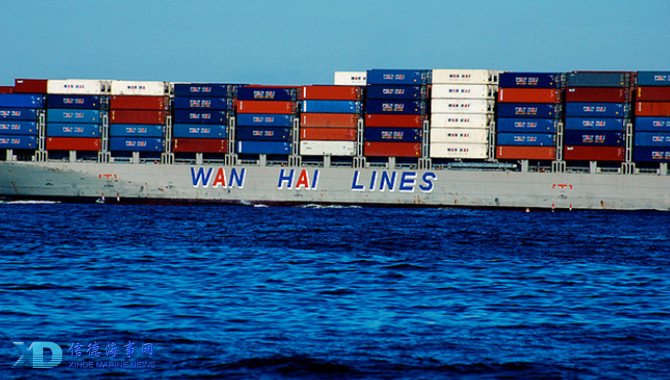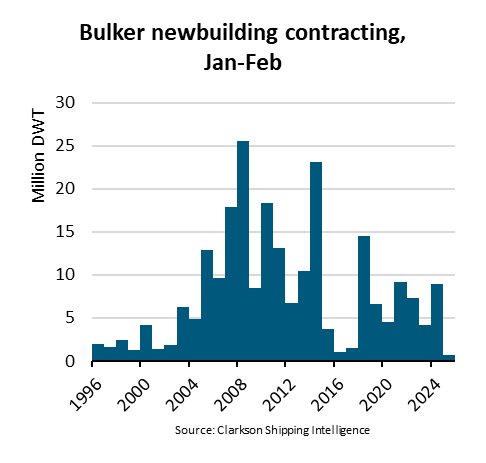
AN intra-Asia consortium headed by Wan Hai Lines has expanded the port rotation of the China-India Service II (CI2) by adding a direct call at the major public port of Tuticorin that is situated on India's east coast near Chennai.
The China-India Service II (CI2) debuted the Tuticorin addition, with a call from the Wan Hai 510, voyage E116, at the new Dakshin Bharat Gateway Terminal (DBGT), reported IHS Media.
The upgraded CI2 port rotation is: Tuticorin, India; Penang and port Klang, Malaysia; Hong Kong; Qingdao, Shanghai, Ningbo and Shekou, China; Port Klang; Jawaharlal Nehru Port Trust (JNPT), India; returning to Tuticorin.
Wan Hai operates the CI2 in collaboration with Interasia Lines and Cosco Shipping Lines. However, officials at Cosco Shipping (India) said that the Tuticorin call is an operational arrangement between the other two partners and that Cosco's involvement at presented is limited to the JNPT port call.
Inaugurating the new call at Tuticorin, India's Shipping and Transport Minister Nitin Gadkari said shippers in the region previously had to transship their cargo using feeder networks. The new direct call means that exporters/importers are now able to lower costs with officials estimating the savings at US$50 per container.
"With the strategic location of the [Tuticorin] port being so close to the east-west trade route and a draft of 16 metres (52 feet), the port is poised to attract more mainline vessels and has the potential to become a transshipment hub of south India," Mr Gadkari was quoted as saying.
Furthermore, the port has invested INR1,500 crore (US$210 million) in infrastructure improvements under the government's Sagar Mala programme over the last four years and a INR500-crore dredging project is in the pipeline to further deepen the harbour.
The government is considering a proposal to develop a 1,000-acre industrial zone in the harbour - a project similar to the special economic zone that is under construction at JNPT - to attract additional cargo. "Tuticorin has huge potential to become a major industrial hub," the minister said.
On account of infrastructure inadequacies and a lack of sufficient gateway cargo, India's east coast ports typically act as feeder points for domestic cargo routed via foreign ports. This long-time trend vexes the estimated two million TEU shipped to/from the eastern region annually and, consequently, the government wants domestic ports to improve their competitiveness with more direct calls.
New south India port statisticsindicate growth has been slowing in recent months as November's total regional volume decreased to 371,018 TEU, down from 383,087 TEU in October and from 390,618 TEU in September.
Source:Schednet
Please Contact Us at:
admin@xindemarine.com


 Ningbo Containerized Freight Index Weekly Commentar
Ningbo Containerized Freight Index Weekly Commentar  Ningbo Containerized Freight Index Weekly Commentar
Ningbo Containerized Freight Index Weekly Commentar  Ningbo Containerized Freight Index Weekly Commentar
Ningbo Containerized Freight Index Weekly Commentar  BIMCO Shipping Number of the Week: Bulker newbuildi
BIMCO Shipping Number of the Week: Bulker newbuildi  Ningbo Containerized Freight Index Weekly Commentar
Ningbo Containerized Freight Index Weekly Commentar  Ningbo Containerized Freight Index Weekly Commentar
Ningbo Containerized Freight Index Weekly Commentar